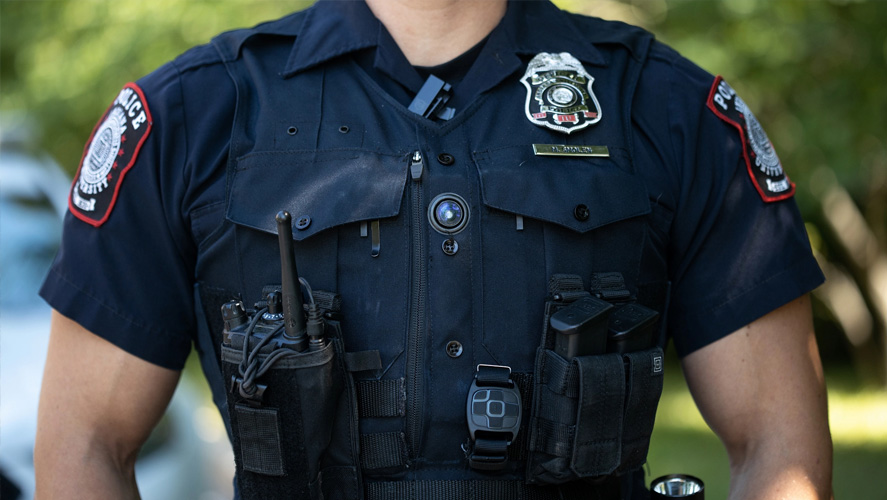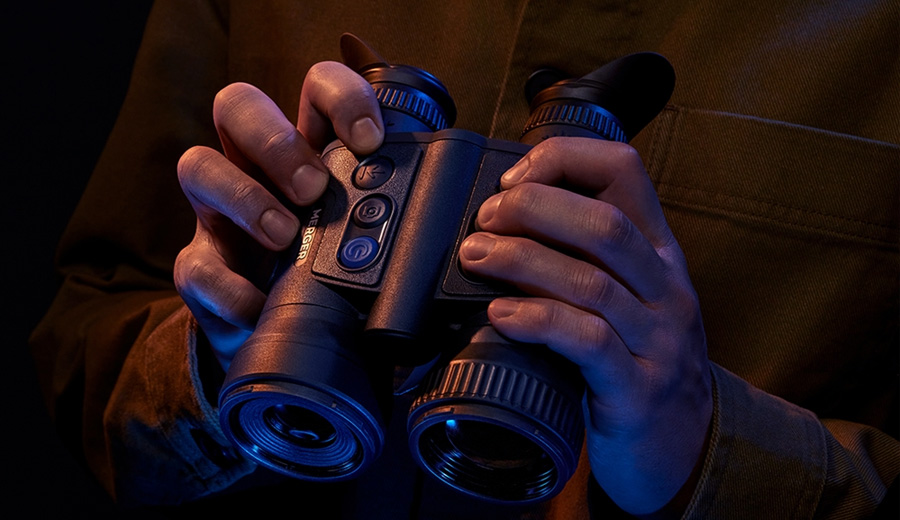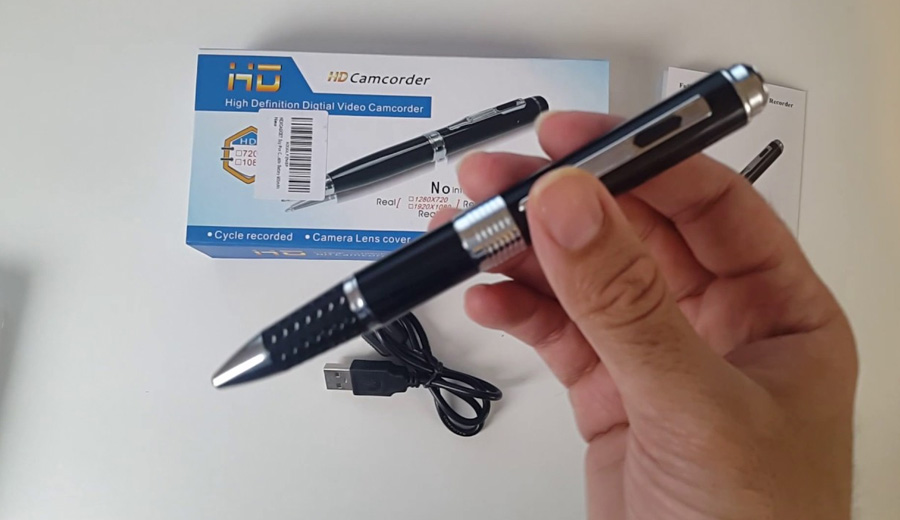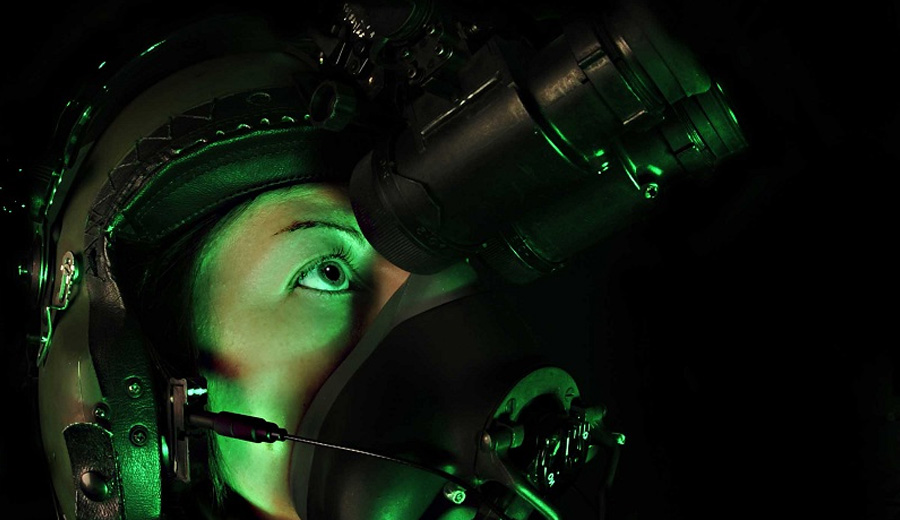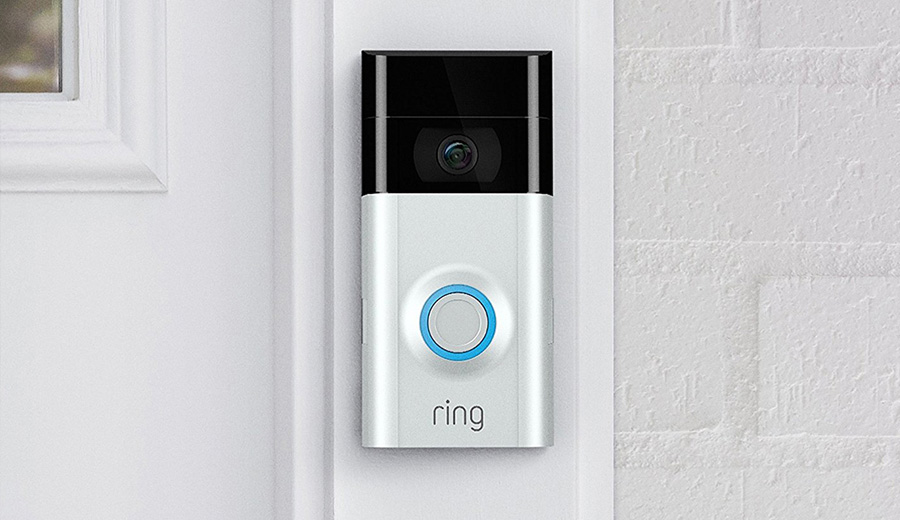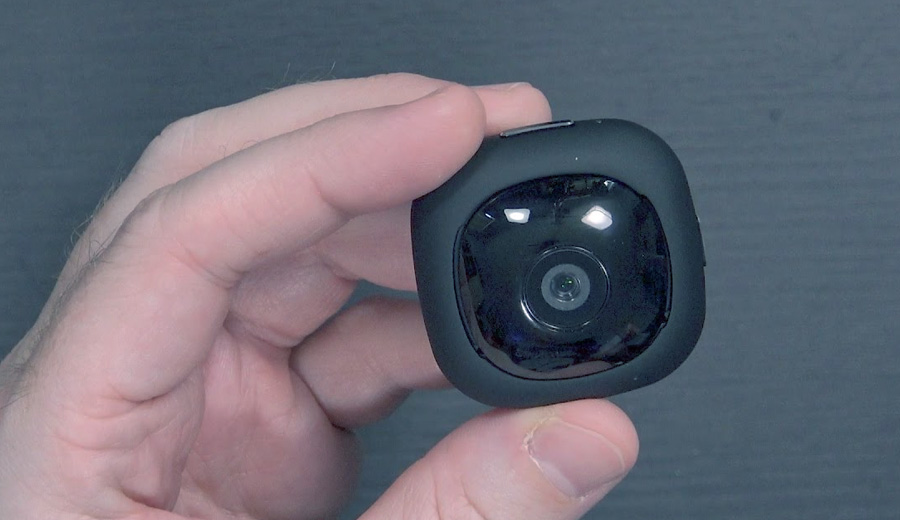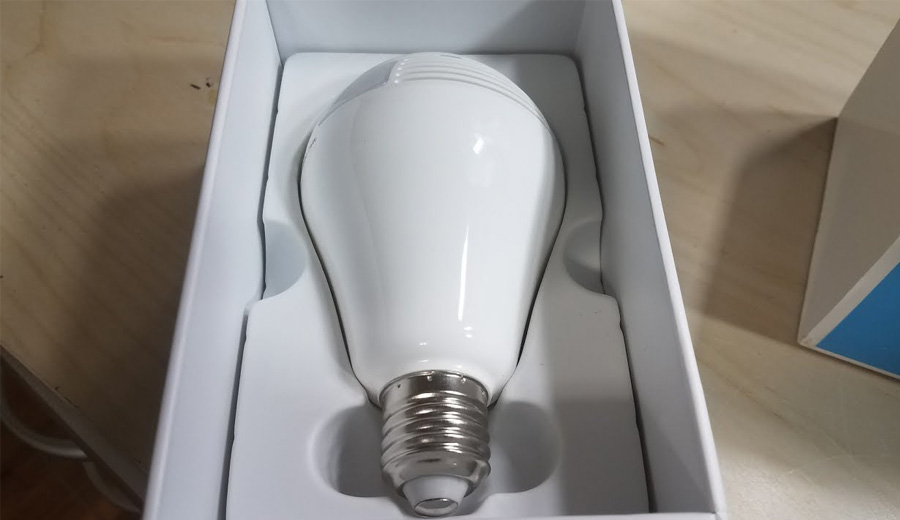Police officer’s skills have to be developed continuously in the highly competitive world where stakes are often extremely high. Wearable spy cameras or body-worn cameras is one innovative tool that is greatly revolutionizing training and development for police and law enforcement in general.
These devices have gone beyond mere accountability and evidence training. Spy cameras are transforming the training and development of law enforcement officers by providing immediate, hands-on accounts of an officer’s actions and decision making.
We discuss how spy cameras improve the proficiency of police officers.
1. Objective Self-Assessment
Among all the numerous benefits of using spy camera in police training, one of the biggest can be that officers review their performance through more objective perspective.
The real-life incidents captured using these devices allow officers to revisit their actions and decisions besides the spoken language during specific law enforcement situations.
Self-assessment by officers enables identification of weaknesses and correction of mistakes that will result in more efficient law enforcement.
Officers can observe their own interactions with the public in order to improve on their communication skills, develop de-escalation techniques as well as learn from their past.
Such self-awareness may be instrumental in engendering a culture of continuous improvement within the police departments.
2. Invaluable Feedback and Mentoring
Officers can get feedback from mentors through spy cameras. Experienced law enforcement officers can review the footage and share their opinions with the trainees. Mentors can show both weak points and strengths which will help them in the future.
Video footage mentorship and feedback offers a personalized and targeted training system. This allows to identify specific problems or repeated errors that could be addressed through targeted interventions and make the training process more efficient.
3. Realistic Scenario-Based Training
Scenario-based training is one of the most effective means of preparing police officers for the actual events in the real world. The spy cameras are very important as they create and enrich these realistic training scenarios.
Trainers can also review the videos of the officers wearing the cameras during exercises to assess how they behave in dynamic and unpredictable situations.
Scenario training for officers allows to adapt for the complicated conditions and uncertainty that are characteristic of their profession.
The body-worn camera can help to observe how the officer was making a decision, applying the relevant tactics, and observing the departmental policies.
This is an effective training strategy that develops situational awareness and crisis response skills officers need to respond appropriately to unexpected situations while on duty.
4. Evidence-Based Training
The use of spy cameras enables “evidence-based training”, the design of training modules and technique refinement is based upon “real life experiences” captured by the camera. This approach helps the law enforcement agencies to always renew and modify their curriculums with the changing character of their jobs.
Video evidence helps trainers recognize emerging trends or recurring problematic behaviors among their police officers.
The footage can be used by agencies to create better training programs that are aimed at addressing these problems.
Such evidence-based training allows the officers to be ready to deal with the specific and changing requirements of their profession.
5. Legal and Tactical Compliance
The use of spy cameras helps to ensure that officers adhere to all legal and tactical rules when interacting with the public. The instructors can ensure that officers follow correct procedures, adequate amount of force, and legal judgment depending upon the situation. Corrective measures and training in the event of any deviations from the prescribed procedures.
The cameras play a crucial role in teaching officers how to defuse volatile situations, respect individual rights, and observe proper professional conduct.
It entails analyzing their approach and comparing them with predefined standards. This helps officers understand how to make better decisions during operation.
Conclusion
Finally, the spy cameras have moved past their original purpose of providing accountability and evidence gathering. Nowadays, they act as invaluable training tools used to improve police officers’ skills and performance.
The revolution in preparing modern law enforcement personnel for their difficult role lies in these devices’ ability to provide the objective self-assessment, feedback and mentoring, realistic scenario-based training, evidence-based training, and a focus on legal and tactical compliance.
Implementing spy cameras in training programs for the law enforcement authorities enables officers to master the required skills, knowledge, and situational awareness that will enable them to conduct their duties efficiently, safely, and especially compliantly.
With the advancing technology, the use of spy cameras as training devices may soon become simply inevitable to preparing police officers for efficient and professional policing that will result in safe environment.

